Examples of Stop-Motion characters
Stop-motion animation is a unique and captivating art form that brings inanimate objects to life through meticulous frame-by-frame manipulation. Probably the most prominent aspect of a stop-motion film is the characters. They are the vehicle for storytelling and are arguably the element of the film the audience finds most memorable. The characters, or as we will begin to refer to them as puppets, can each be crafted with specific materials and techniques to achieve a desired aesthetic and functionality. In this blog, we’ll explore the different types of stop-motion puppets and what makes each type special.
Over the years, many different puppet-making techniques have emerged that have changed the face of stop-motion animation. These changes can be technical, providing new tools and methods that make the animator’s job easier, or they could simply be artistic innovations that allow for new and interesting styles to emerge. Leaps in technology have also helped to merge these aspects, creating aesthetically pleasing and easily accessible models. The evolution of 3D printing, for example, has revolutionised puppet making by allowing for precise, intricate, and repeatable designs that were previously impossible or very time-consuming to achieve by hand. 3D printing has been talk of the town since Coraline debuted with her 3D printed faces. The printing of over 15,000 replacement faces allowed for a fidelity of facial performance that was previously unthinkable. Giving the animator plenty of opportunity to get emotion out of the puppet. In recent years makers of Coraline, Laika, have expanded their 3D printing operations and for their film Missing Link they printed over 106,000 faces. Allowing for a robust range of emotive performance.


This is an incredibly inspiring feat, where engineering, art, and science all come together. Do remember however, that a good animator can get a performance out of any object or puppet. It doesn’t need to be a highly engineered marvel of modern technology, it could instead be a lump of clay with two eyes. As an animator, it’s your job to give the inanimate object character.
There are so many types of stop-motion puppets, we wanted to explore a select few and look at their appeal. Whether it’s the flexibility of clay puppets, the durability of foam and latex, the realistic movement of silicone, the precision of armature puppets, or the charming nature of replacement puppets. Each type has its own unique strengths and contributes to the rich diversity of stop-motion animation. By understanding these different types, we can gain a deeper appreciation for the craftsmanship and creativity involved in bringing these enchanting films to life.
Claymation characters
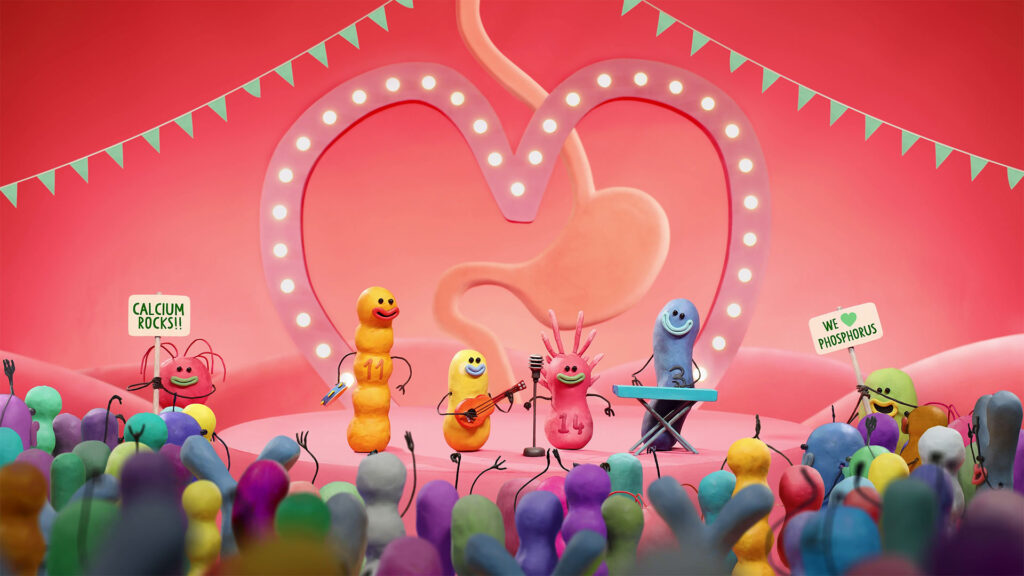
One of the most recognisable forms of puppets used in stop-motion would be claymation characters. These models are primarily made of Plasticine, built up with no internal armature (puppet skeleton). The advantage of having the models made out of such a pliable material is just that—the models are extremely flexible! Plasticine can be morphed and changed easily to replicate realistic or exaggerated movements, allowing animators to create fluid and dynamic actions frame-by-frame. This is particularly beneficial for creating expressive facial features and complex character gestures, enhancing the storytelling capability of the animation. Something to watch out for when using a claymation puppet is they can get very dirty as the Plasticine picks up dirt and dust as you animate. After working with a claymation puppet for a prolonged period of time, they can also get warm and eventually soften quite a bit. If this happens and our puppet is a little droopy, leave it to cool down for 10 minutes or so.
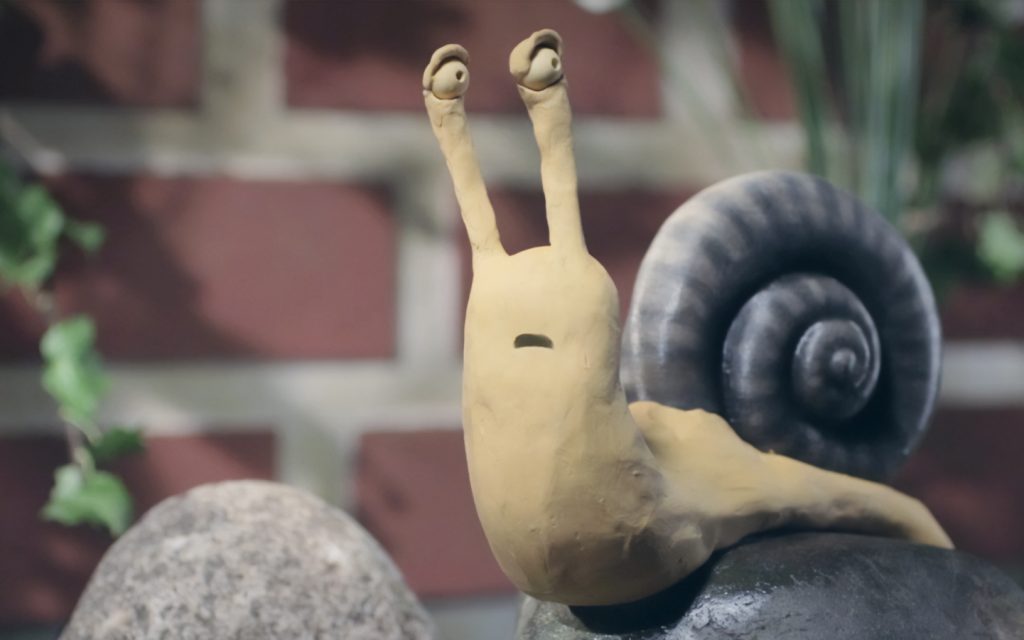
Arguably the most famous example of claymation would be the works of Aardman Animations. Their use of claymation over the last thirty years, from the charming and simplistic Morph to the beloved Wallace and Gromit series, has inspired generations of animators and entertained audiences worldwide. Aardman’s distinctive style, characterised by meticulous attention to detail and a unique blend of humour and heart, showcases the potential of claymation to create compelling and memorable characters. Their films have not only demonstrated the artistic possibilities of claymation but have also highlighted the enduring appeal of stop-motion animation in a digital age.
Felted wool puppets
Felted wool has become increasingly popular as a medium for stop-motion puppetry in recent years. This style has been made famous by films like ‘Oh Willy,’ created by Emma De Swaef and Marc James Roels, which utilise the beautiful aesthetics of the fabric to evoke deep emotions and engagement with audiences. The soft, tactile nature of felted wool brings a distinctive and warm quality to the characters, making them both visually appealing and emotionally resonant.
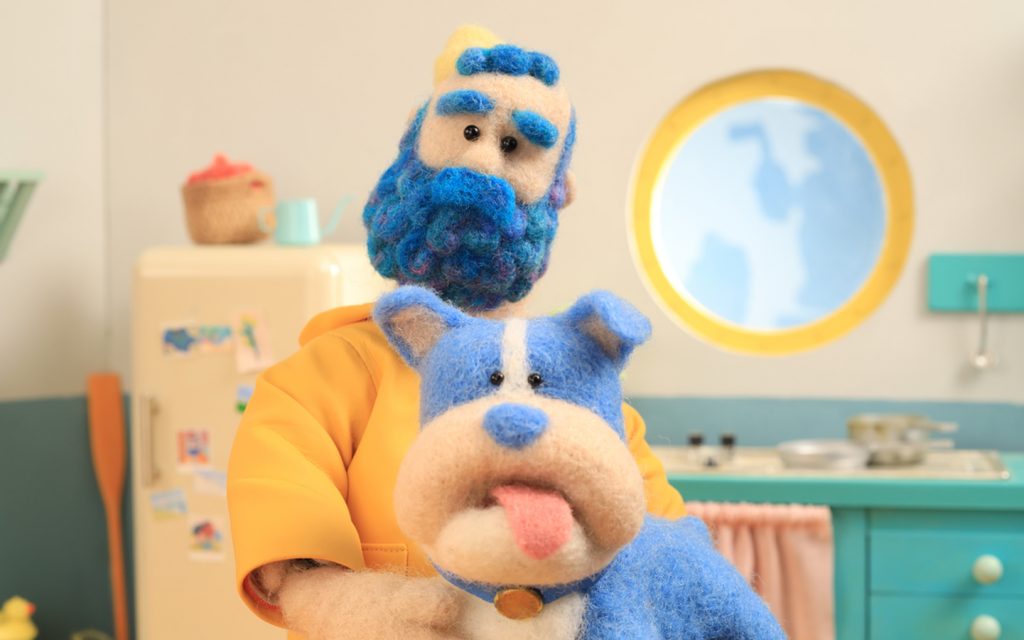
Models made with felt are usually constructed over a wire or ball-and-socket armature, providing the necessary structure and flexibility for animation. The felting process involves fleshing the puppet with felted wool, a technique that includes separating, tangling, and re-locking the fibres together. This intricate process allows animators to sculpt detailed and expressive features while maintaining the softness and malleability of the material.
The simple nature of the wool creates a look that is truly unique. Felt is an extremely aesthetically pleasing medium to work with, offering a handcrafted charm that stands out in the world of animation. The wool’s texture gives the puppets’ skin and clothes a natural flexibility, enabling smooth and lifelike movements over the puppet’s armature. This flexibility, combined with the visual appeal of the felt, allows for the creation of characters that are both endearing and highly expressive, contributing to the overall storytelling experience in a distinctive way.
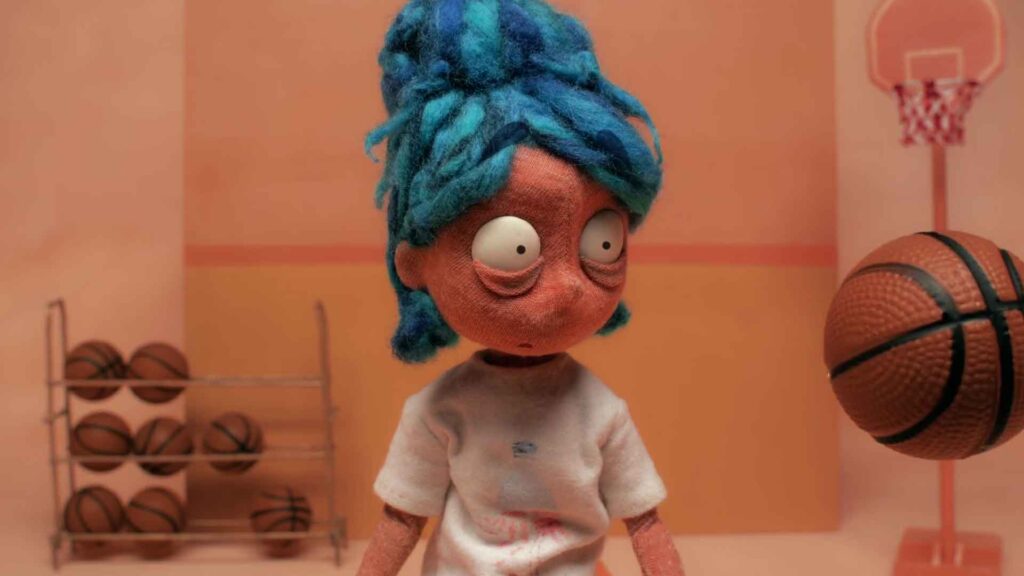
Mechanical characters
Fully introduced during the production of Corpse Bride, mechanical puppet heads have been used on many productions to create precise and accurate facial movements. The heads of these puppets are completely controlled with allen keys. During the production of Corpse Bride, clockwork mechanisms individually altered things like smiling and frowning with just the turn of a key.
The accuracy of these heads allow for very precise movements that were not as easily achievable before this point. This approach encourages far more depth and character to be shown on the puppets faces. This characterisation was also used on the production of Wes Anderson’s latest stop-motion animation film ‘Isle of Dogs’. A much deeper sense of emotion can be brought across through the manipulation of the character’s faces by the stop-motion animator.
For a look at some inspiring mechanical faces, have a gander at the processes used for Guillermo del Toro’s Pinocchio:
Before & Afters article about the puppet-making technologies of Guillermo del Toro’s Pinocchio.
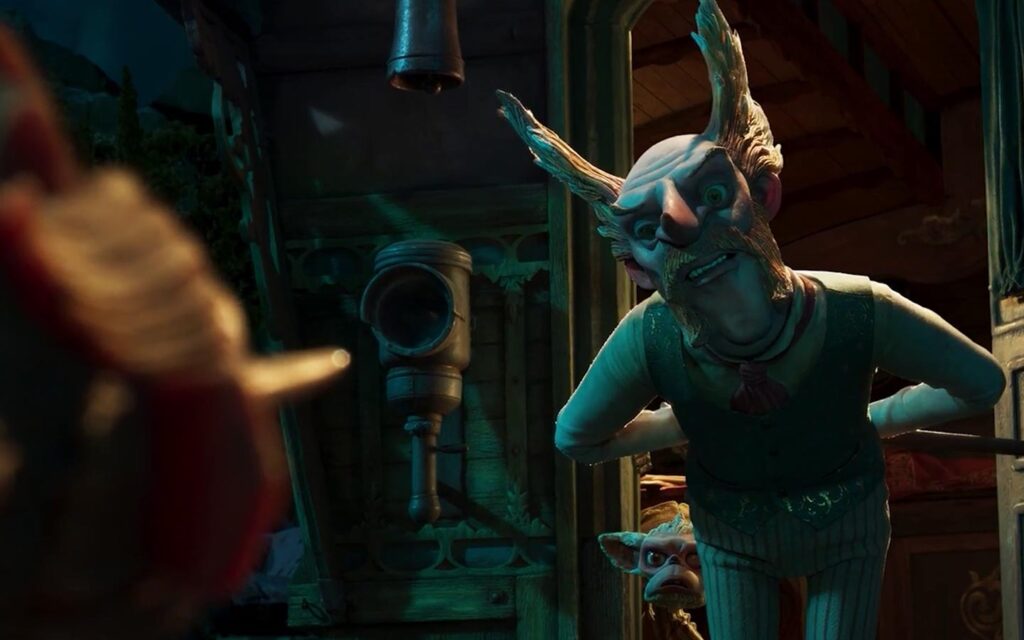
Replacements for puppets
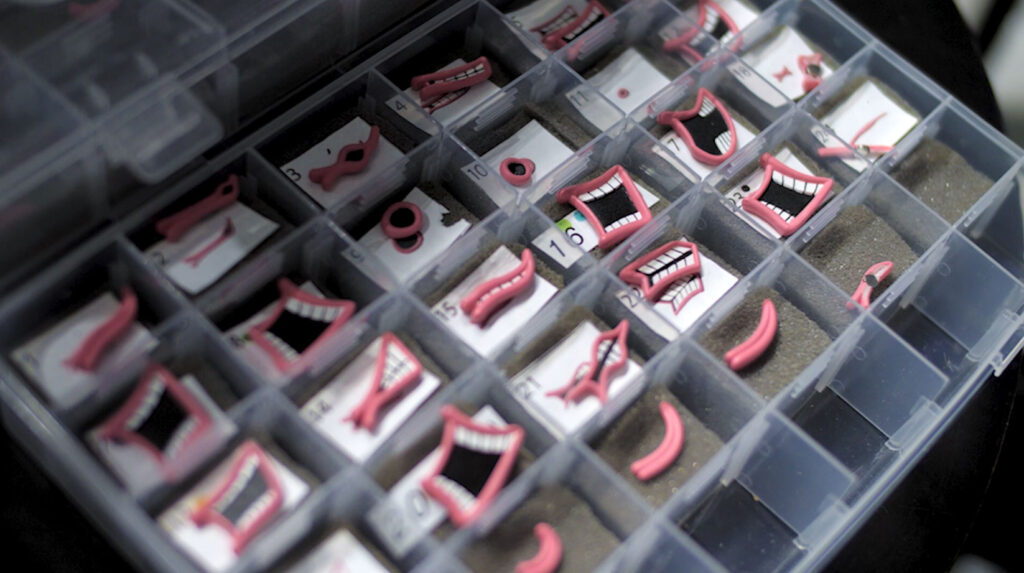
Replacement animation has been used for the last 50 years in stop-frame animation in many different guises. Recent developments in Computer Aided Design and 3D printing technology have allowed for the use of replacement animation to evolve to become one of the main industry standards for stop-motion animation studios.
One of the best examples of 3D printed replacement faces comes from the American studio Laika. Their first animated feature film Coraline used thousands of individually sculpted faces that could be replaced to create meaningful movement in order to convey each expression, hence the name ‘replacement animation’.
3D printing out the faces created in computer design software allows for very accurate details to be carefully crafted into each replacement. The process also allows for very smooth animation that is in many cases comparable to the smoothness of CG animations.
For a great article about the technology behind Lakia’s replacement faces, check out:
Forbes article about the tools that help Laika make their stop-motion magic.
Armatures
Whether it’s felted, claymation, silicon, or any of the above, arguably the most important element to any stop-motion puppet is its armature. This is essentially the skeleton that holds the puppets shape and allows it to stay in solid and stable positions when animating. But what are they made of? What different types of armature are there and how have they been used throughout stop-motion history? We will hopefully answer these questions and give you an insight into just what armatures can do!
One of the first majorly complex armatures used in film would have to be King Kong. The classic puppet was developed by Willis O’Brien and Marcel Delgado for the 1993 film. Two puppets were made each around 18 inches tall. They chose to use the ball and socket method of creating armatures to build Kong, a process that involves using small joints to create the bendable elements of the puppet. These joints vary in size from elbows and knees all the way down to fingers! One of the main advantages for using this type of armature is that each joint can be tightened and loosened to adjust the strength of the joint. This is done in order to help support heavier models as well as adjust models to an animator’s preference.
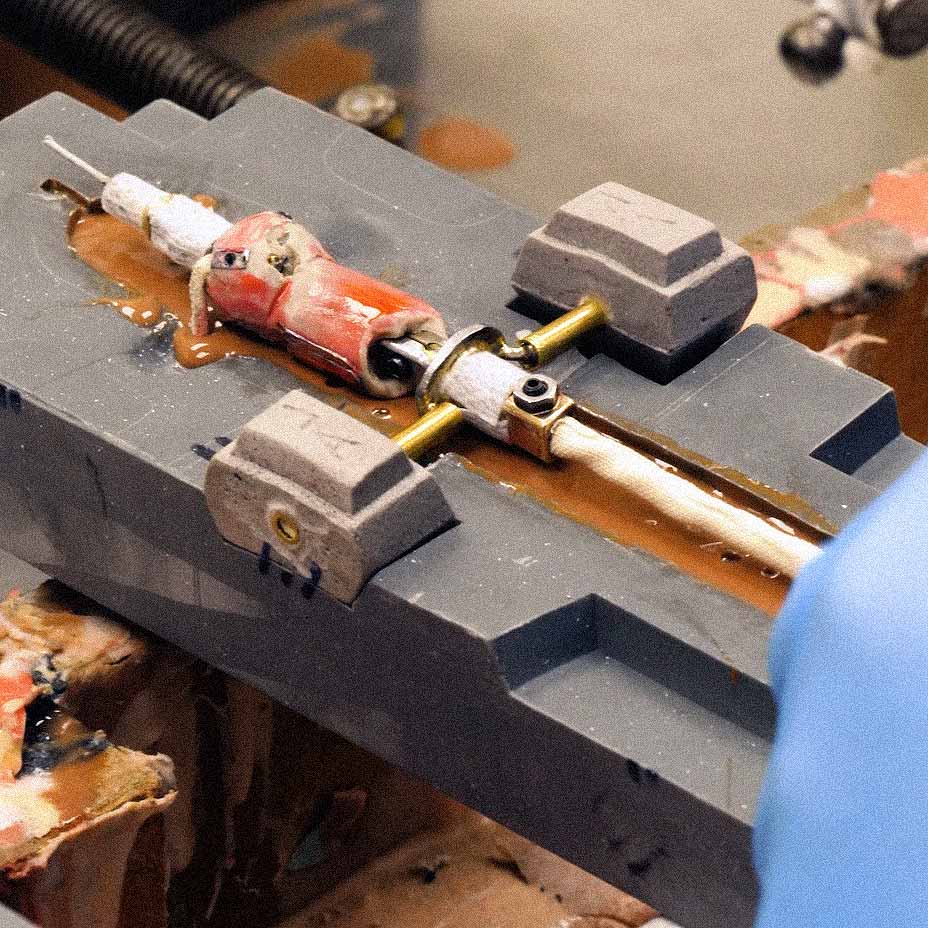
For more about stop-motion check out our blogs:
Demystifying stop-motion animation and the process
Also, take a look at some of our amazing director’s work and the different styles they use in their films:
Meet our director: Antonin Niclass
